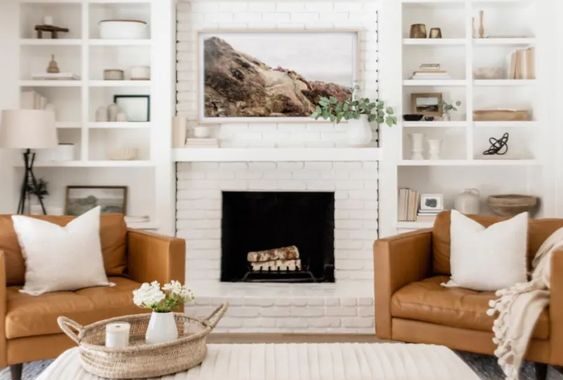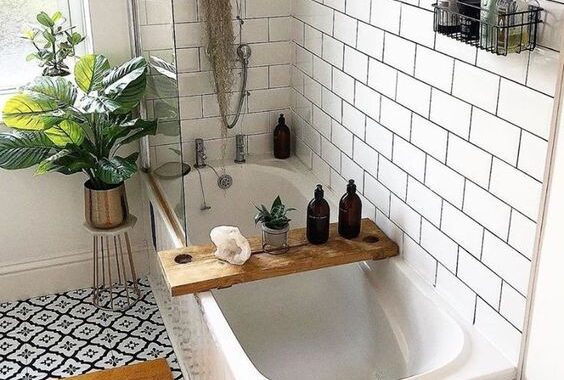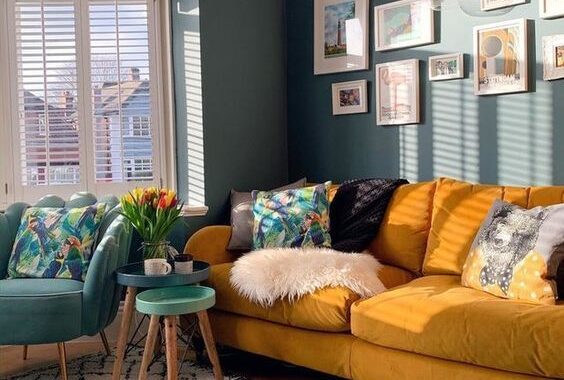When it comes to furnishing your home, the question often arises: does all your furniture have to match perfectly? The world of interior design has evolved, and the answer to this age-old question might not be what you expect. Let’s delve into the realm of furniture styling and explore whether it’s necessary for all your furniture to be a perfect match.
Table of contents
- Can You Have Different Color Furniture in a Room?
- Does Your Living Room Furniture Have to Match?
- Can You Have Mismatched Chairs in the Living Room?
- Should Living Room Furniture Be the Same Height?
- Does Dining Room Furniture Have to Match Living Room?
- Does Furniture Have to Match in Bedroom?
- Conclusion
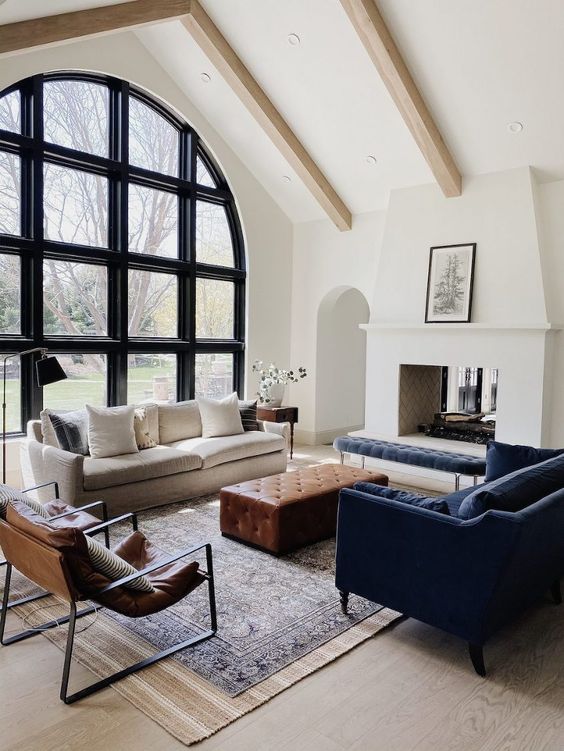
The concept of having every piece of furniture match seamlessly, from color to style, was once deemed the epitome of good interior design. However, modern design trends have challenged this notion, giving rise to the delightful possibility of mixing and matching different elements. Matching furniture can provide a sense of uniformity and order in a space, creating a visually cohesive look. It’s like following a design recipe where all the ingredients blend seamlessly. This approach is often seen in traditional or formal interior settings, lending a sense of elegance and predictability.
On the other hand, embracing mismatched furniture can add an exciting dimension to your living spaces. It’s like assembling a curated collection that tells a story of your tastes and experiences. Mixing different styles, colors, and textures can infuse character and individuality into your home. The trend of blending elements from various design eras and themes has gained momentum, allowing for a more eclectic and personalized interior style. It breaks away from the traditional constraints of uniformity and welcomes creativity and experimentation.
Can You Have Different Color Furniture in a Room?
Absolutely! The notion that all furniture must adhere to a single color scheme is a thing of the past. In modern interior design, incorporating different colors into your furniture can enhance the overall aesthetic of a room. It offers a dynamic and visually stimulating environment, breaking away from monotonous designs. When blending colors, consider the existing palette of the room, ensuring the hues complement and create a cohesive ambiance. Bold choices can make a statement, while subtle variations can add nuance and depth to your living space. Embrace the freedom to mix and match colors, allowing your furniture to tell a vibrant and personalized story within the walls of your home.
To achieve a harmonious blend of colors, consider the 60-30-10 rule. This design principle suggests that 60% of the room should be a dominant color, 30% a secondary color, and 10% an accent color. Apply this to your furniture by selecting a dominant color for larger pieces like sofas, a secondary color for draperies or rugs, and an accent color for cushions or smaller decor items. The interplay of these colors will infuse life into your space, reflecting your personality and adding character to your home. So, go ahead, experiment with a spectrum of colors in your furniture and watch your living space come alive with vibrant, personalized style.
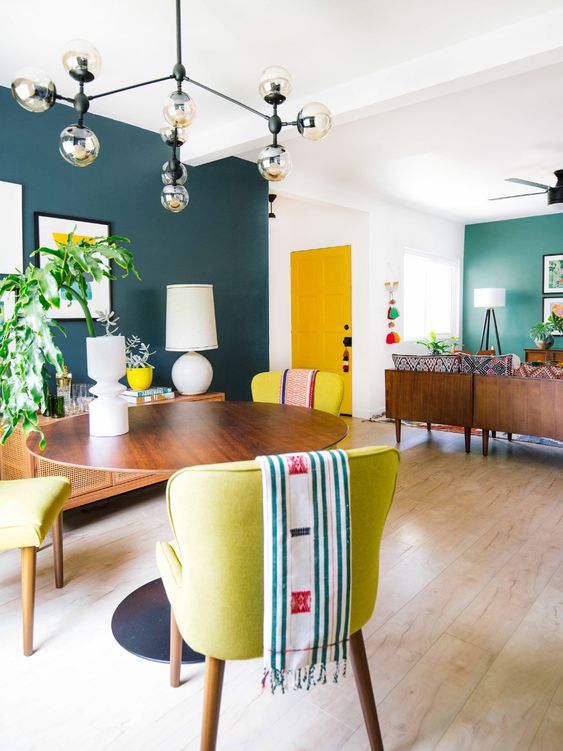
Does Your Living Room Furniture Have to Match?
Your living room is the heart of your home—a space where you unwind, entertain guests, and spend quality time with loved ones. Naturally, you want it to reflect your style and personality. The question often pondered is whether your living room furniture needs to match perfectly. The good news is, the rules have evolved, and nowadays, a rigid matchy-matchy approach isn’t necessary. In fact, mixing and matching different elements can bring a unique charm to your living room.
Can You Have Mismatched Chairs in the Living Room?
Gone are the days when living room furniture had to be uniform and rigidly coordinated. Now, it’s perfectly acceptable, and even trendy, to have mismatched chairs in your living room. This can add visual interest and personality to the space. Different chairs, whether in style or color, can create a playful and eclectic vibe. For instance, you might have two accent chairs in contrasting colors that complement your overall decor theme. This mismatched approach allows for creativity and freedom in designing your living room, showcasing your unique taste.
Should Living Room Furniture Be the Same Height?
Living room furniture doesn’t necessarily have to be the same height. In fact, having varied heights can create a dynamic and visually appealing look. It’s all about achieving a balanced composition. For instance, while the sofa may be the central piece and typically has a standard height, the accent chairs can vary. They can be slightly taller or shorter, adding dimension and depth to the room. This variation can create a sense of movement and rhythm, making the room more engaging. So, should sofas and chairs be the same height? Not necessarily. Embrace diversity in height to craft a more captivating and lively living room ambiance.
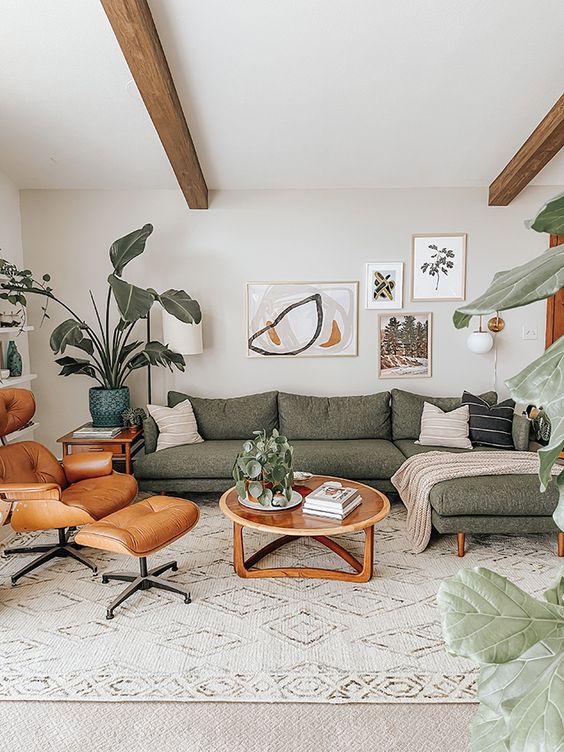
Does Dining Room Furniture Have to Match Living Room?
When it comes to the harmony of your living spaces, the question of whether your dining room furniture should match your living room ensemble is a common concern. The answer lies in the design approach you prefer and the overall aesthetic you aim to achieve. While a completely matching set isn’t obligatory, having a sense of coordination or complementarity between your dining and living room furniture can create a cohesive and appealing look. This could mean incorporating similar design elements, color schemes, or styles that blend seamlessly, forging a visual link between the two spaces.
Achieving a cohesive look doesn’t mean your dining room furniture has to be an exact replica of your living room setup. Instead, consider coordinating elements such as complementary colors or shared design styles. For instance, if your living room features a contemporary design with sleek lines and neutral tones, you might carry over this theme to your dining area with a modern dining table and chairs that complement the overall aesthetic. The key is to establish a sense of harmony that ties the spaces together without stifling creativity or individuality.
Ultimately, the decision to match your dining room furniture with your living room furniture boils down to your personal taste and the ambiance you wish to create. Mixing and matching can offer a refreshing and eclectic style, while coordinating elements can bring a sense of unity and flow to your home’s design. The key is to strike a balance that appeals to your aesthetic preferences and makes your living spaces feel inviting and visually pleasing.
Does Furniture Have to Match in Bedroom?
Your bedroom is your personal sanctuary, a space where you can express your individuality and create a retreat tailored to your tastes. When it comes to furnishing the bedroom, the question of whether all the furniture has to match often arises. The good news is that there’s no strict rule dictating a perfect match. In fact, many interior designers encourage a mix-and-match approach to bedroom furniture, allowing for a more personalized and dynamic aesthetic. Matching bedroom sets are a convenient option, but incorporating different styles, materials, or colors can add character and visual interest to your sleeping haven.
Mismatched bedroom furniture can be an intentional design choice, enabling you to craft a unique and eclectic look that mirrors your personality. Mixing various pieces can infuse the room with charm and creativity. For instance, you might opt for a vintage bedside table paired with a contemporary bed frame, creating an appealing juxtaposition of styles. This approach not only showcases your style but also provides an opportunity to repurpose or incorporate sentimental furniture, adding a layer of nostalgia and warmth to your bedroom.
Consider the size and layout of your bedroom when deciding on whether to match your furniture. A smaller room may benefit from a more cohesive and streamlined look, making matching or coordinating furniture a suitable option. Conversely, a larger bedroom grants the freedom to experiment with different styles, allowing you to curate a visually stimulating and diverse atmosphere. Ultimately, the decision lies in what resonates with you and contributes to making your bedroom a comfortable and aesthetically pleasing space that mirrors your unique taste and style.
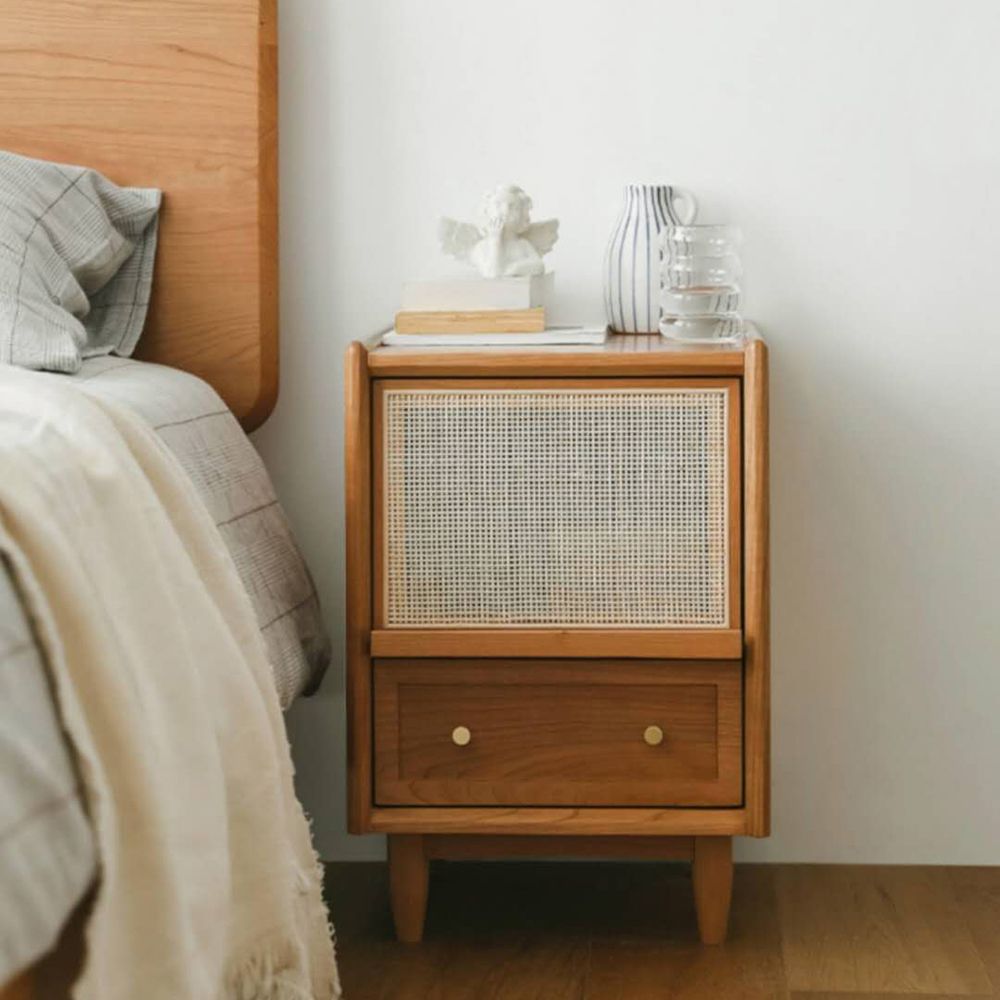
Conclusion
In the world of interior design, there’s a consensus: your furniture doesn’t have to match perfectly to create a beautiful and harmonious living space. While matching furniture sets offer convenience and a cohesive look, mixing different styles, colors, and materials can elevate the design of your home. The key is to maintain a sense of coordination and coherence within each room, even when embracing diverse furniture pieces. Open-plan living spaces may benefit from a more unified style, while separate rooms allow for greater flexibility and individual expression. It’s about finding what works best for you and strikes a balance between uniformity and personal flair.
Ultimately, your home should reflect your personality, lifestyle, and tastes. Whether you prefer a meticulously coordinated aesthetic or an eclectic blend of styles, the most important factor is that you feel at ease and connected to the space you’ve created. The joy of decorating your home lies in the freedom to experiment, mix, and match, adapting trends and designs to suit your preferences. So, when it comes to furniture, trust your instincts, embrace your creativity, and let your living space be a true reflection of you. Happy decorating!
Mismatched Furniture Idea #1
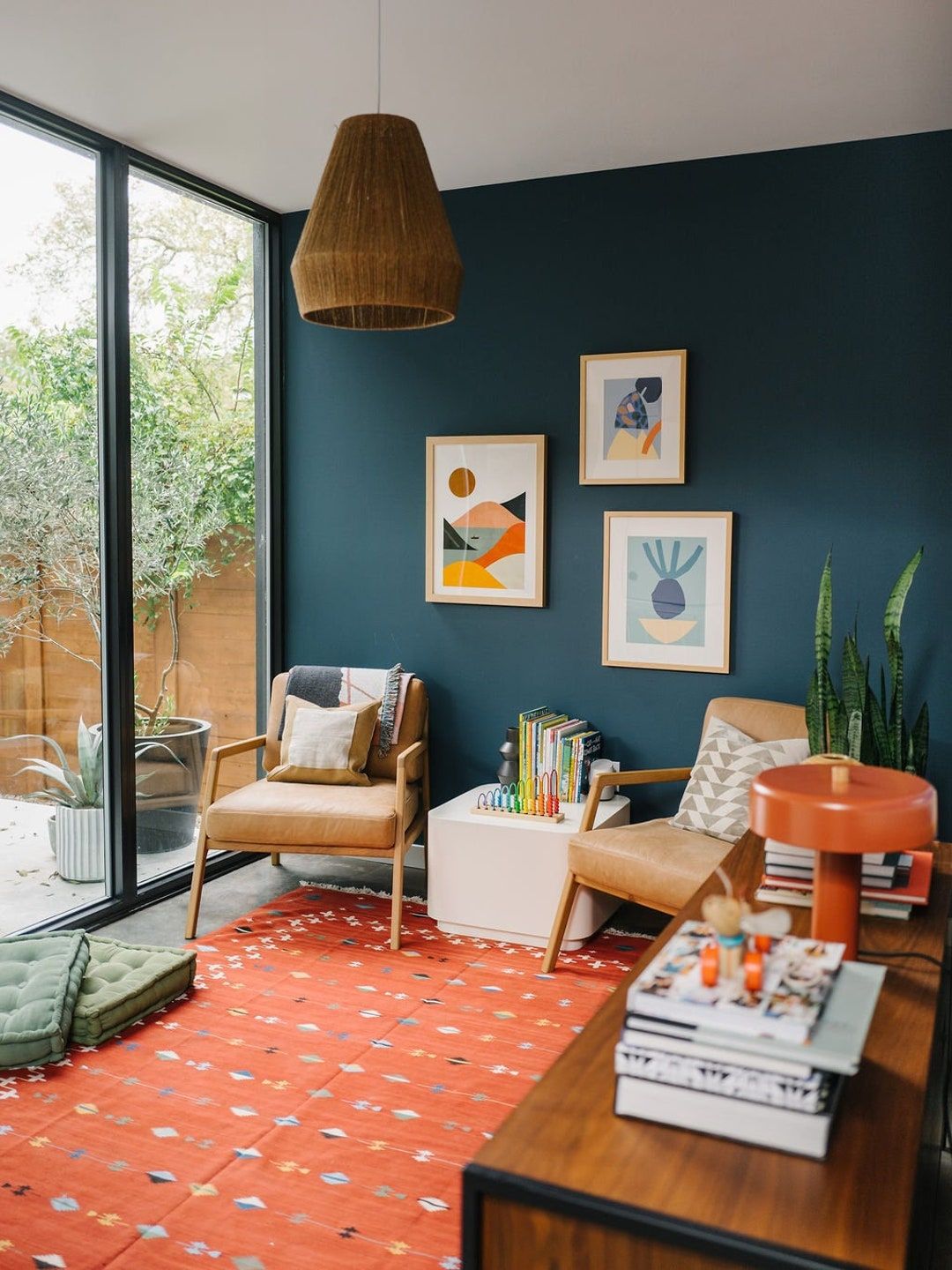
pinterest.com


